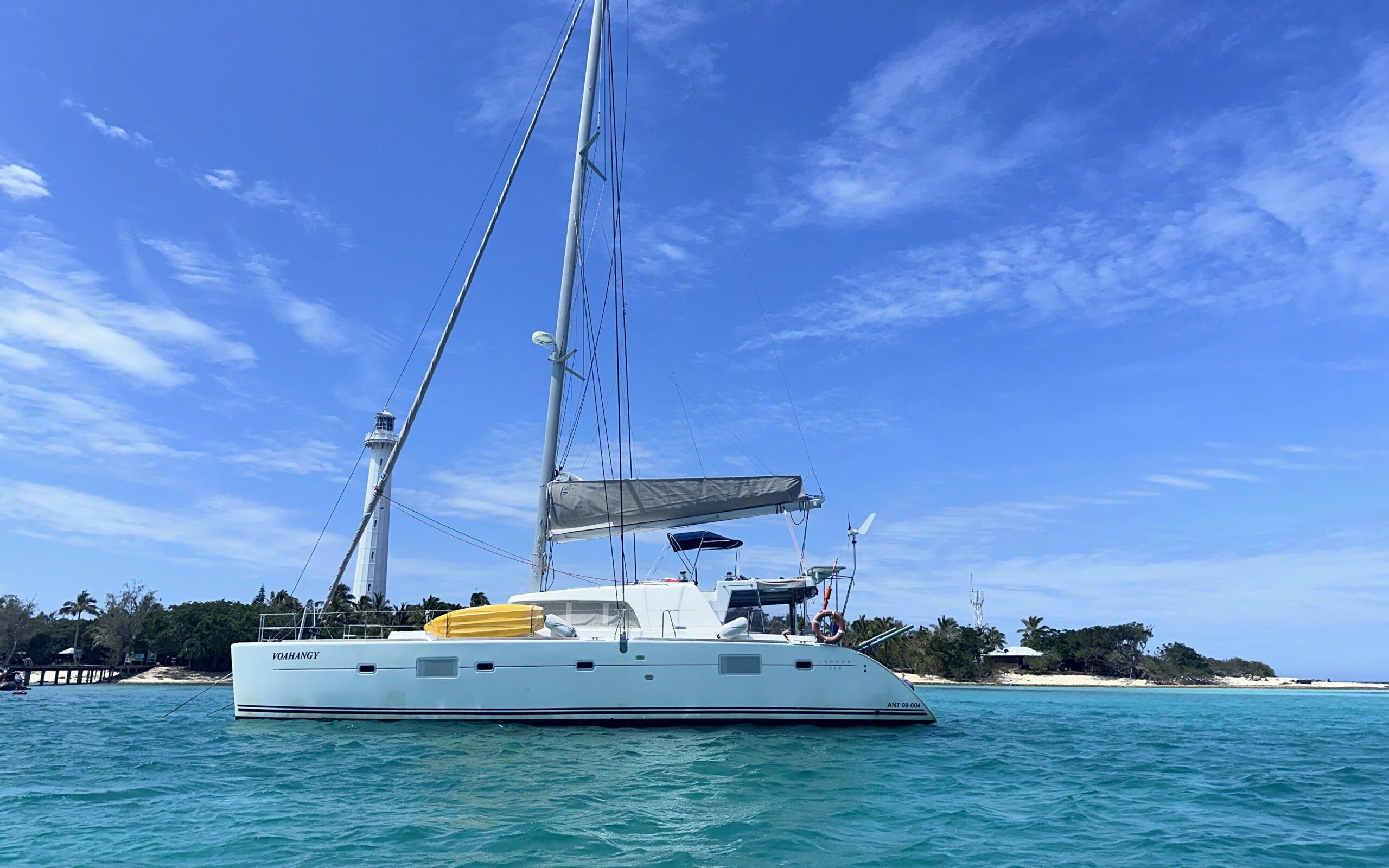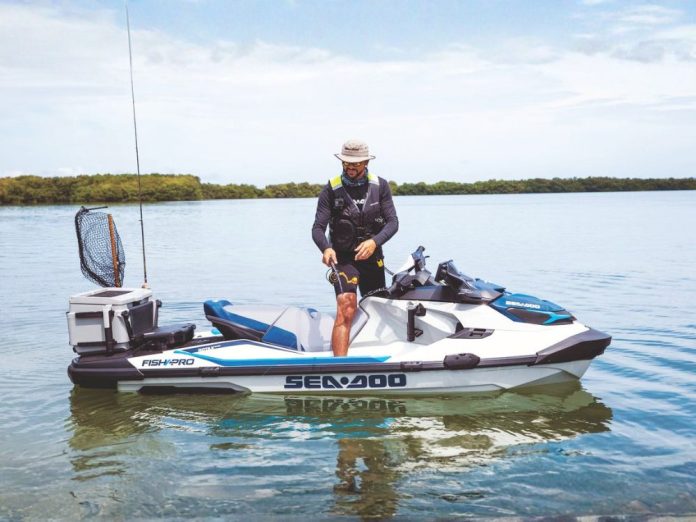Originally, the then Antiques Act 1975 protected any notable object more than about 75 years old, which made it easy to identify our fleet and protect it. Now, after the Act was revised in 2006 – known as the ‘Protected Objects Act 1975’ – that protection is arguably somewhat reduced with less certainty.
What yachts (and launches) are caught?
Now any ‘vessel’ is potentially covered by the Act and protected from export without official approval if it is (a) at least 50 years old and (b) “not represented by at least two comparable examples permanently held in New Zealand public collections” and (c) “is of importance to New Zealand, or to a part of New Zealand, for aesthetic, archaeological, architectural, artistic, cultural, historical, literary, scientific, social, spiritual, technological, or traditional reasons.”
There is now a starting qualifying date of 50 years old, which takes us to 1974. It does not mean all 50-year-old vessels are protected objects, only those that tick (b) and (c) above as well.
Few vessels are held in public museum collections, but it may be that charitable trusts, some of which own historical yachts, are ‘public’ by being charitable, so qualify as a ‘public collection’. This could, unintentionally, open the door to some undesirable classic yacht exports.
There is no hard and fast rule, making it difficult to advise owners. And to further concentrate the mind, there are penalties of up to $100,000 and five years imprisonment. Reason enough to tread cautiously!
Is my yacht (launch) caught?
Each vessel will need to be considered on its merits and there will be differing views depending on who is consulted. The Ministry of Culture and Heritage polices the Act. Its Chief Executive is required to consult two recognised experts in the relevant field when an application for export is received.
An expert examiner must recommend not to allow export “if the protected New Zealand object is of such significance to New Zealand or part of New Zealand that its export from New Zealand would substantially diminish New Zealand’s cultural heritage.”
What is the test?
If your yacht (or launch) is substantially authentic, New Zealand-made or made with New Zealand materials (this is not limited to wooden vessels), has been used by New Zealanders, or related to New Zealand, deemed significant to New Zealand’s sporting or maritime history and considered New Zealand would be poorer if it were exported, it may be caught by the Act.
Opinions will differ, but notable yachts such as, say, Ranger, Ariki, Rainbow and Rainbow II are likely tick the boxes and be ‘protected objects’ as per the Act. At the other end of the scale, a say, stock-standard 50-year-old Stewart 34, Townson 34 or Farr with no special unique national history, is unlikely to be caught.
This leaves a lot of vessels sitting in an uncertain ‘no-man’s land’. If there is any doubt, play safe and assume the vessel is
a protected object requiring an export consent.
Can I protect my notable vessel from future export?
Yes, you can register a yacht under the Act, if you are the owner and if the yacht is “of such significance to New Zealand or part of New Zealand that its export from New Zealand would substantially diminish New Zealand’s cultural heritage.”
The Chief Executive has a discretion whether to include the vessel in the Register or not, but they must still keep a record of vessels declined for registration.

The Chief Executive may not allow export if the yacht is:
1. A protected New Zealand object; and
2. Substantially physically authentic and—
(a) made or naturally occurring in New Zealand; or
(b) made with New Zealand materials; or
(c) used by New Zealanders; or
(d) related to New Zealand; and is—
(i) associated with, or representative of, activities, events, ideas, movements, objects, persons, or places of importance to New Zealand; or
(ii) important to New Zealand for its technical accomplishment or design, artistic excellence, or symbolic, commemorative, or research value; or
(iii) part of a wider historical, scientific, or cultural collection or assemblage of importance to New Zealand; and
3. is of such significance to New Zealand or part of New Zealand that its export from New Zealand would substantially diminish New Zealand’s cultural heritage.
The Chief Executive can permit temporary export on
a condition that it is returned to New Zealand.






















